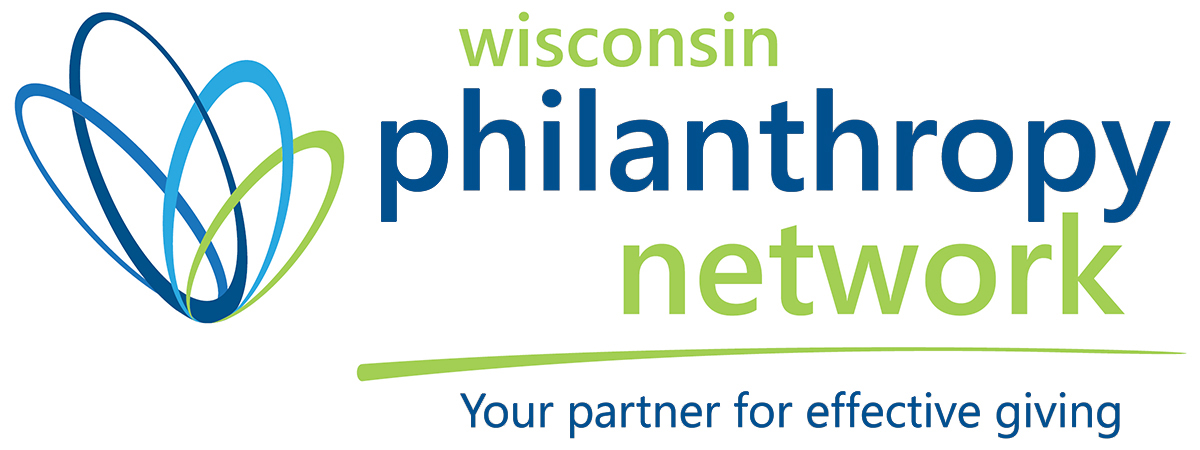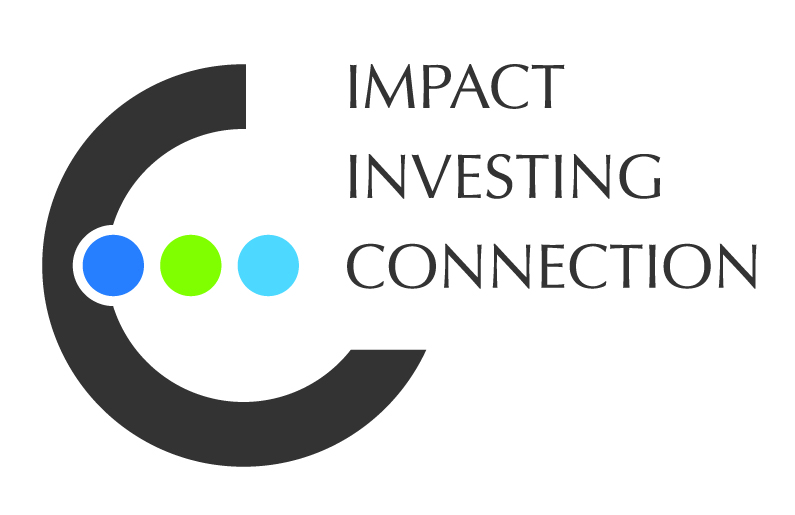
Advancing Impact Investing
On behalf of the Wisconsin Impact Investing Collaborative, WPN is supporting efforts to educate, support and engage regional investors and stakeholders to invest in ways that create inclusive, vibrant, and sustainable communities throughout the state of Wisconsin. The Collaborative will increase the practice of regional impact investing to expand access to capital on fair and affordable terms to small local businesses, non-profit organizations, and families, particularly to those who face barriers to conventional financing.
Visit WPN’s events calendar for the latest on Impact Investing Programs.
Explore more at WI3C's resource page.

https://www.rockpa.org/wp-content/uploads/2020/06/RPA-Impact-Investing-Handbook.pdf
Impact Investing Handbook: An Implementation Guide for Practitioners
Presented by Rockefeller Philanthropy Advisors, https://www.rockpa.org/about/ Two years in the making, this practical publication features case studies and detailed guidance for individuals, families, foundations, and corporations. The Handbook comes at a pivotal moment. In the midst of urgent social, economic and environmental challenges including COVID-19, a rapidly changing climate, growing economic inequity, and broader realization of systemic impacts of racism, more investors are seeking to better understand the positive and negative consequences of how they deploy capital. There is a growing realization among those who seek to influence society that they can use more of their assets to complement and even accelerate their social impact goals.

Impact Investing: A Primer for Family Foundations
Presented by The Impact, The Impact - NCFP, a membership network of family enterprises that are committed to making investments with measurable social impact.
A foundation is a powerful platform through which families can express their values in society. Yet, most families only use a small portion of their foundation assets to pursue their philanthropic missions. Impact investing is a powerful tool for maximizing a foundation’s assets for good. This primer is a guide for families looking to align and activate their foundation’s assets to achieve their social and environmental objectives while meeting their foundation’s financial needs.
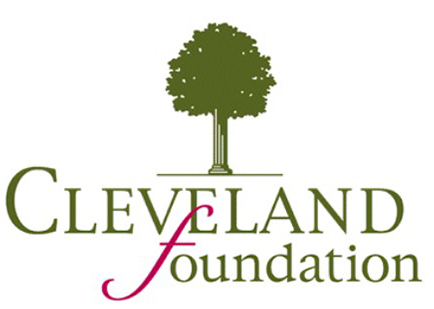
Cleveland Community Foundation, Social Impact Investing | Cleveland Foundation
Sample PRI application, Cleveland-Foundation-PRI-Application-2019.pdf

Kellogg Foundation, Case Study, Mission Driven Investments
casestudy_Kellogg_v6.pdf (pacificcommunityventures.org)
The MDI program was created within the endowment of the Kellogg Foundation through a one-time transfer from the trust, where it sits alongside a $100 million allocation for emerging fund intermediaries managed by women and racial minorities and invested primarily in public markets.

Sorenson Impact Foundation, About – Sorenson Impact Foundation
Case Study, The Sorenson Impact Foundation’s Path to Mission Alignment, https://sorensonimpactfoundation.org/wp-content/uploads/2019/12/SIF-path-to-mission-alignment-v_13.pdf
SIF’s intentional focus on impact investing, paired with its desire to unlock deeper impact from existing tools, has enabled the foundation to become a leader in the space as it has now made more than 50 program-related impact investments and seeded numerous impact investing intermediaries and ecosystem enablers.
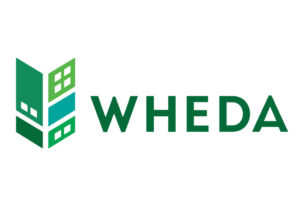
Wisconsin’s Community Development Financial Institutions (CDFIs): A study commissioned by WHEDA to examine Wisconsin’s CDFI landscape, its capacity-building needs and opportunities for growth.

Community Investment Trust: Building Community Ownership, One Investor at a Time
The Community Investment Trust (CIT) builds the possibility to strengthen communities and empower lives. The CIT offers a long-term path to collective, communal ownership of real-estate for investors from $10 - $100 /month. Ultimately, CIT is committed to working together to build more productive and resilient communities across the country.

Community Investment Guarantee Pool: How It Works
The Community Investment Guarantee Pool (CIGP) is a first of its kind platform allowing guarantors to combine resources and expertise by establishing a single, one-stop-shop for intermediary lenders in the climate, affordable housing, and small business sectors. Together, this group is making more and new types of community development transactions feasible by putting more of their assets to work in service of greater community impact.

Deals as System Events: An Introduction to Deal Review
Center for Community Investment
When we review deals as system events, we can see what our systems need. When we create catalytic deals as system events, we can move our systems forward. Both of these activities can help shift community investment practice from a focus on what can be financed to what is important, from a transactional approach to a systems approach, from single projects to pipelines of projects, from projects that fill gaps to ambitious and scaled initiatives, from reductionist and siloed systems to integrative and adaptive systems. The result is more and better deals that ultimately support stronger and healthier communities. This work doesn’t happen in a vacuum; instead, it happens as a result of good deal review.

Center for Community Investment with support by the Robert Wood Johnson Foundation
Hospitals and health systems have a variety of assets—such as financial resources, land, and expertise—that make them valuable participants in the community investment system. A small, but significant cohort of institutions have taken bold steps and engaged in investment discussions or transactions. For this paper, the authors sought to identify and interview these leading health institutions that have been playing pioneering roles in community investment to understand what they are doing, what they hope to accomplish, and what their experience has been.

COVID-19, Structural Racism and Community Investment: Notes Toward a Just Recovery
Center for Community Investment
What do we need to do to ensure that this double pandemic of Covid and racism is followed not just by recovery, but by a just recovery? How can we approach this work in ways that enable our communities and their residents not only to recover but to thrive? What principles should guide us as we respond to the significant issues that face us, the uncertainties in our environments, and the competing demands on our time, attention, and resources? This guide outlines the Center’s initial thinking about some guiding principles.
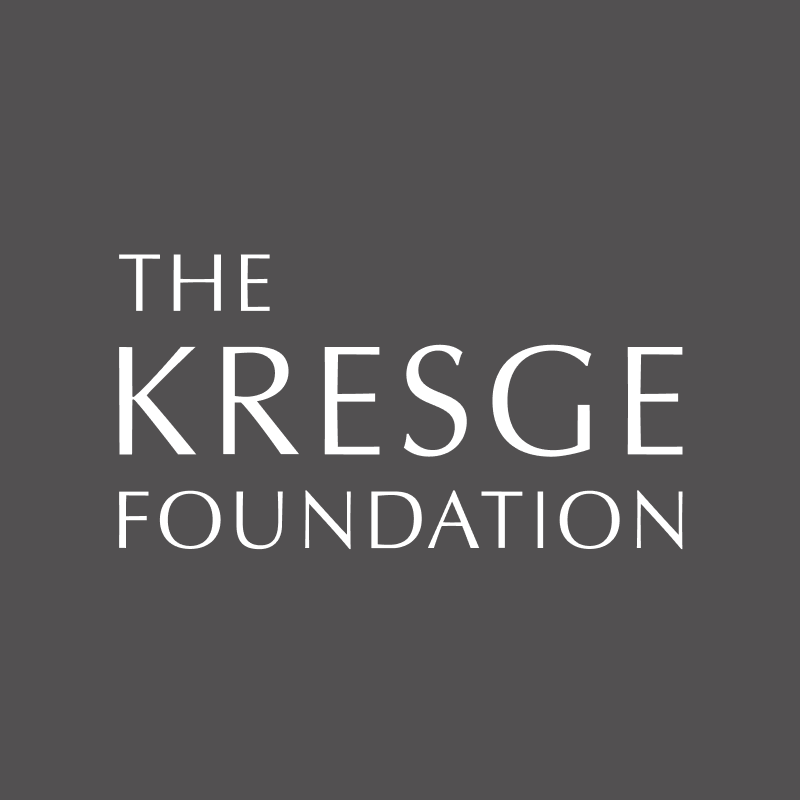
What Can Foundations Do to Foster Community Investment?
Supported by the Kresge Foundation and the John D. and Catherine T. MacArthur Foundation
Building on the work of Living Cities, this project was designed to improve the ability of cities to attract and deploy socially motivated investment capital at scale. The work recognizes that: (1) Mainstream markets often fail to meet the needs of low-income communities and (2) Communities need a systematic approach to harness private capital effectively to achieve important social and environmental goals.
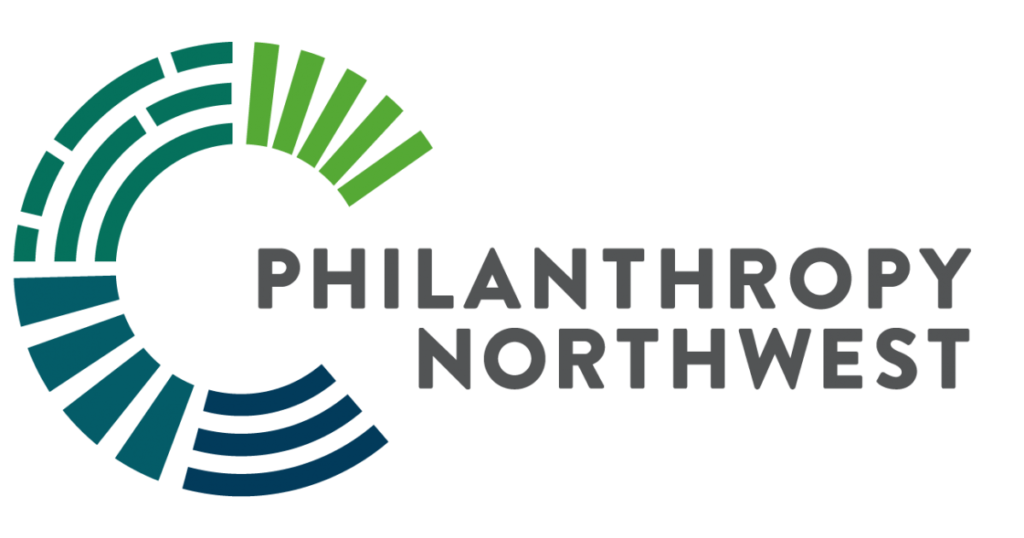
A Foundation Guide to Investing In Community Development Financial Institutions (CDFIs)
Philanthropy Northwest
Investing in a Community Development Financial Institution (CDFI) is a powerful way to directly engage in the local economy and increase access to capital in minority, underserved communities. With the generous support of the Satterberg Foundation, this guide was developed by Philanthropy Northwest to help board and staff members in the philanthropic sector examine the basic processes of building a relationship with and investing in a CDFI.

The Role of Impact Capital in Advancing Racial Equity
Impact Capital for Racial Equity: Investing with Intention and Measuring Impact
Impact Capital for Racial Equity: Opportunity in the Biden Administration
Hattie Brown for Summit
A three-part series presented by Summit that discusses the role of the impact investing field in advancing racial equity by increasing access to capital and measuring impact. Summit is a quantitative and qualitative consulting firm that works with federal and private sector clients to turn data into actionable intelligence.

The U.S. Impact Alliance Commissioned by Federal Reserve Bank of New York
This report examines key trends in the community investing field, such as increased corporate engagement, the leveraging of donor advised fund capital and innovative, participatory models for community wealth building. Impact in Place seeks to spark a conversation around the future of community investing, offering recommendations to investors and others who work to spur economic and community development across local Main Streets. The report is intended to inform how community investing can be leveraged in building a just and equitable post-Covid recovery.

Mapping the Journey to Impact Investing
Surdna Foundation
Funding for Surdna’s mission-related investments is intended to meet the risk, return and impact objectives of the Foundation. This guide into Surdna’s decision-making and impact investing process will hopefully help other foundations as they journey to expand their impact investment options and opportunities.

Nathan Cummings Value Proposition
A detailed journey into how and why Nathan Cummings Foundation transformed its investment model to align with its capital with its mission.

This paper by Omidyar Network offers a framework for investing across the returns continuum—from commercial investments to philanthropic grants. Their framework walks through a broad range of viable investment profiles, some of which involve a trade-off between social return and financial impact, and many of which do not.
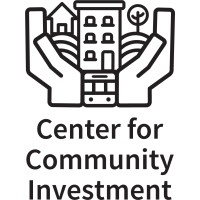
Deals as System Events: An Introduction to Deal Review
Center for Community Investment
When we review deals as system events, we can see what our systems need. When we create catalytic deals as system events, we can move our systems forward. Both of these activities can help shift community investment practice from a focus on what can be financed to what is important, from a transactional approach to a systems approach, from single projects to pipelines of projects, from projects that fill gaps to ambitious and scaled initiatives, from reductionist and siloed systems to integrative and adaptive systems. The result is more and better deals that ultimately support stronger and healthier communities. This work doesn’t happen in a vacuum; instead, it happens as a result of good deal review.

Roadmap for the Future of Impact Investing: Reshaping Financial Markets
Global Impact Investing Network
The Global Impact Investing Network published a roadmap presenting a vision for more inclusive and sustainable financial markets and articulates a plan for impact investing to lead progress toward this future. Specifically, the roadmap details six categories of action to drive progress toward the vision. For each category, the roadmap describes specific actions needed, which stakeholders should lead on these actions, and a timeframe. Enacting the plan will require collective action by leaders from the entire impact investing ecosystem.
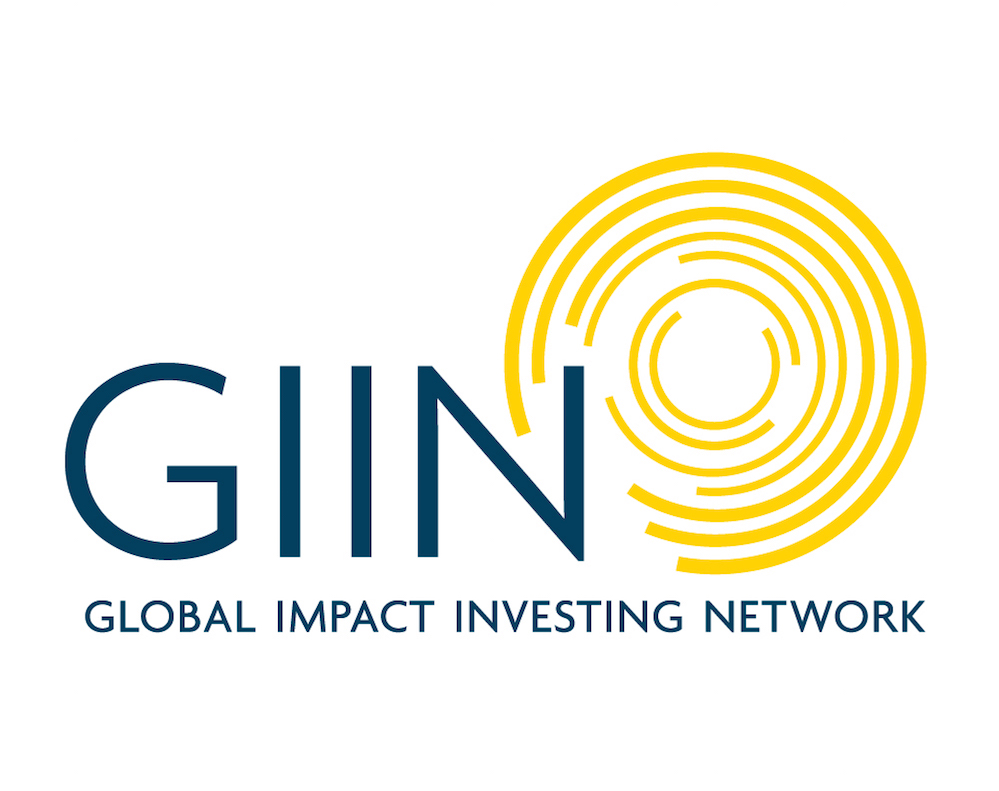
Impact Investing: A guide to this dynamic market
Global Impact Investing Network
This introductory guide answers frequently asked questions about impact investing, including what impact investing is, how it is applied in practice, financial performance, and more.

Community Foundation Field Guide to Impact Investing
Mission Investors Exchange and Council on Foundations
Community foundations serve people who share a common interest—improving the quality of life in their local areas. Given their place-based focus and commitment to activate resources to meet their missions, more and more community foundations are adding impact investments to their toolbox. Unlike grants, impact investments intend to generate both targeted social or environmental benefit and a financial return. To date, much of the impact investing literature geared towards foundations has focused exclusively on private foundations. As a public charity, a community foundation both raises money from and makes grants to the community it serves through discretionary and donor-advised assets. This comprehensive guide can assist community foundations with their impact investing efforts.

Essentials of Impact Investing: A Guide for Small-Staffed Foundations
This Guide demystifies the process of designing and implementing an effective impact investing strategy, offering advice, tools, and real-world examples of impact investing by foundations with few or no staff. For experienced impact investors and newbies alike, the Guide demonstrates the wide breadth of approaches and purposes that impact investing programs accommodate. Just as importantly, it provides actionable advice and insights that foundations can use to build or enhance their impact investing efforts. The Guide includes 21 case examples featuring investments made by small-staffed foundations.

Impact Investing Resources and Tools by the Council on Foundations
Whether called impact investing, mission investing, program-related investing or sustainable and responsible investing, foundations are increasingly looking for ways to leverage financial markets for social gains. These resources are intended to help foundations explore the emerging strategies and diverse options available to them.

At times, finance can seem like a whirl of unfamiliar jargon. What are the distinctions between terms like “impact investing” and “SRI”? This glossary of terms is intended to be a reference point for anyone who is interested in learning more about the ins and outs of finance and impact investing terms.

Place-Based Impact Investing: Three Briefs for Practitioners
by Mission Investors Exchange
This article presents concepts, best practices, and lessons learned from three key elements of place-based impact investing: building strong ecosystems, mapping opportunities and capacities, and deploying capital on the ground together through collaborations.

Impact Investing for Place: A City Drive expert panel event on new trends
by iSE for City Drive 2019
This panel-based format report uncovers the success factors that require some consideration to accelerate place-based investing and support the social enterprises that create both social and commercial value.
For financial and other specific resources to support impact investing, visit WI3C
Contact Tony Shields to learn more today, email tshields@wiphilanthropy.org
